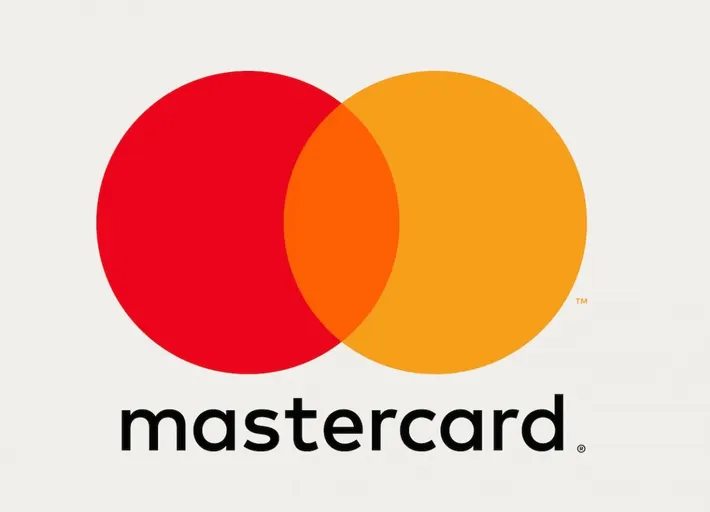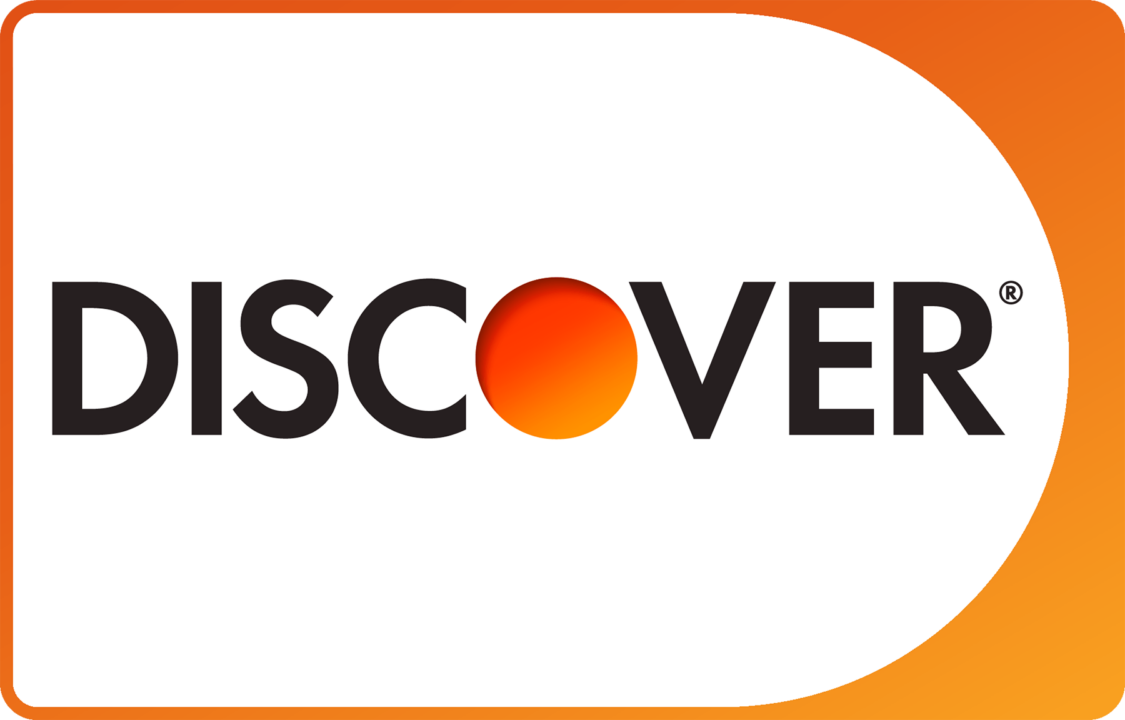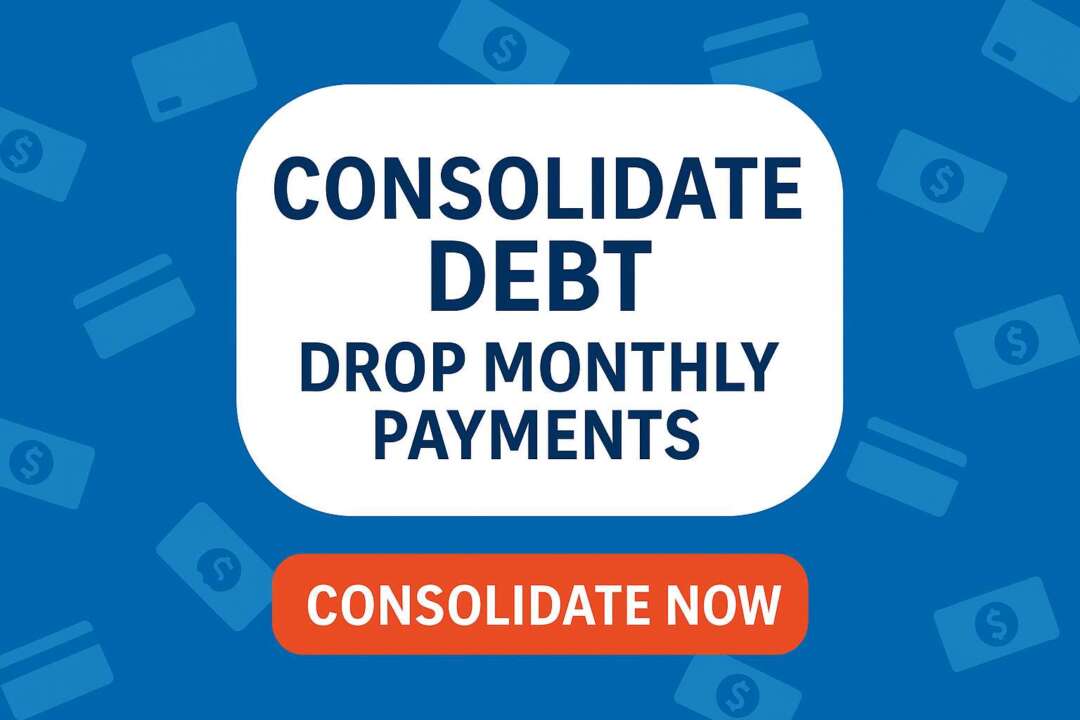Snowball vs. Avalanche: Which Debt Payoff Method is Best For You?
Struggling with debt and wondering the best way to pay it off? The Snowball and Avalanche methods are two popular strategies. But which one gets you out of debt faster and saves you more money? Let’s break them down.
What is the Snowball Method? ❄️
This method focuses on building momentum through quick wins.
- How it works:
- Make minimum payments on all debts except the one with the smallest balance.
- Put all extra money towards paying off that smallest balance debt first.
- Once it’s paid off, “roll” the money you were paying (minimum + extra) onto the next smallest balance.
- The Goal: Create psychological wins by eliminating individual debts quickly, keeping you motivated. Payments “snowball” as they combine and target the next debt.
What is the Avalanche Method? ⛰️
This method focuses on mathematical efficiency to save you money.
- How it works:
- Make minimum payments on all debts except the one with the highest interest rate (APR).
- Put all extra money towards paying off that highest-interest debt first.
- Once it’s paid off, roll that payment amount onto the debt with the next highest interest rate.
- The Goal: Minimize the total interest paid by tackling the most expensive debt first. Over time, more of your payment goes to principal instead of interest.
Snowball vs. Avalanche: What’s the Practical Difference?
While the concepts are similar (using extra payments strategically), the target priority differs:
- Snowball: Focuses on Smallest Balance (Motivation)
- Avalanche: Focuses on Highest Interest Rate (Savings)
Let’s see how this plays out with an example.
Example: Comparing the Methods
Imagine someone with nearly $12,000 in debt (mostly credit cards) and $495 in minimum monthly payments. They find an extra $100 per month ($595 total payment).
- Scenario 1 (Typical Interest Rates):
- Result: Avalanche pays off debt 1 month sooner and saves $293 in interest compared to Snowball.
- Note: Savings aren’t huge here because the lowest balance debts didn’t have drastically different interest rates.
- Scenario 2 (Higher Interest on a Loan – 35.99%):
- Result: Avalanche still pays off 1 month sooner and saves $234 in interest.
- Scenario 3 (Very High Interest on a Loan – 60%):
- Result: Savings become more dramatic. Over the ~2 year payoff period, Avalanche saves $459 in interest.
Key Takeaways: Which Method Wins?
- Avalanche Saves More Money: Mathematically, the Avalanche method always results in paying less total interest.
- Impact Varies: The amount saved depends heavily on the difference in interest rates between your debts. Larger differences = more savings with Avalanche.
- High Balance + High Rate = Biggest Savings: Avalanche is most impactful if your largest debts also carry your highest interest rates.
- Interest Rates Matter: This highlights how crucial your APRs are to the total cost of borrowing and your payoff speed.
Lowering Your Interest Costs: Consider Debt Consolidation
If high interest rates are slowing you down, consolidating your debt might help.
- What it is: Combining multiple debts into a single new loan, ideally with a lower interest rate.
- When it’s worthwhile: Look for a consolidation loan APR that’s at least 2-3 percentage points lower than the weighted average interest rate of the debts you’re consolidating.
Find Your Best Path: Use Our Debt Payoff Calculator
Ready to see how these methods apply to your specific debts?
- Visit TheYukonProject.com: Scroll down the homepage to find our Debt Payoff Calculator.
- Enter Your Debts: Input your balances and interest rates.
- See the Results: The calculator compares Snowball, Avalanche, and other strategies, showing payoff times and total interest paid.
- Explore Consolidation: The report shows your weighted average APR and helps determine if consolidation makes sense.
- Check Your Rates (Optional): Click “Apply Now” to securely check potential debt consolidation loan offers through our marketplace partners.
- Uses a soft credit check (won’t impact your score).
- See approved offers from up to 40 lenders.
- Choose the best loan option for you.
We hope this calculator is a valuable resource in finding your best plan to get out of debt!























